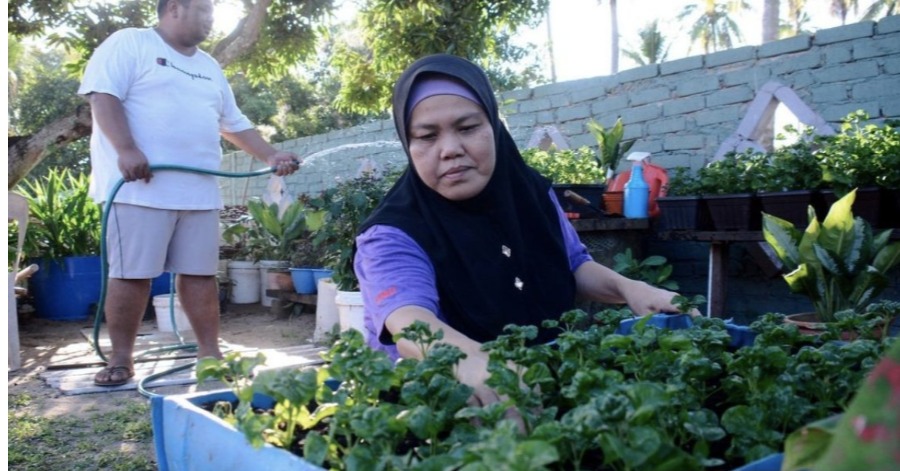KUALA LUMPUR, Sept 13 – Planting trees in the house compound is the most effective strategy to reduce the effects of climate change, apart from creating a greener and more beautiful environment, said Dr Azian Mohti of the Forest Research Institute Malaysia (FRIM).
The head of the Climate Change Programme at the institute’s Forestry and Environment Division said environmental protection measures, such as planting of new trees, need to be intensified as climate change is an important issue as it is happening fast.
She said with the development in technology, there are now various planting techniques to plant trees.
“Those who do not have spacious land can also plant trees, she said in a statement today.
Azian said if everyone can plant trees, the impact of global warming could be reduced.
She said mitigation measures needed to be taken to reduce the impact of climate change and the tree planting initiative is a proactive measure that could address the problem as the natural ecosystems affected by climate change could be restored with an increase in the number of trees.
Azian said planting more trees would not only increase green space, but also reduces the carbon footprint.
“The carbon footprint is the amount of greenhouse gases produced from each human activity directly or indirectly. Calculating the carbon footprint can help identify measures that can reduce the impact on the environment, “ she said, adding that the higher the carbon footprint index, the higher the concentration of greenhouse gases in the atmosphere.
She said FRIM has the expertise to calculate the carbon footprint and welcomes community involvement in tackling climate change and carbon emission reduction.
“FRIM can also assist in the selection of the types of trees for planting according to the area as there are tree species that have a high ability to absorb CO2,” she added.
Azian said increased greenhouse gas emissions from various human activities such as burning fossil fuels for heat and energy, deforestation, cultivation of crops and livestock as well as the production of several industrial products continued to contribute to climate change.
Climate change involves weather patterns that change suddenly and leave long-term effects, such as rising sea levels and the frequency of extreme weather phenomena such as floods and droughts, she added.
Sources: BERNAMA









Leave a Comment